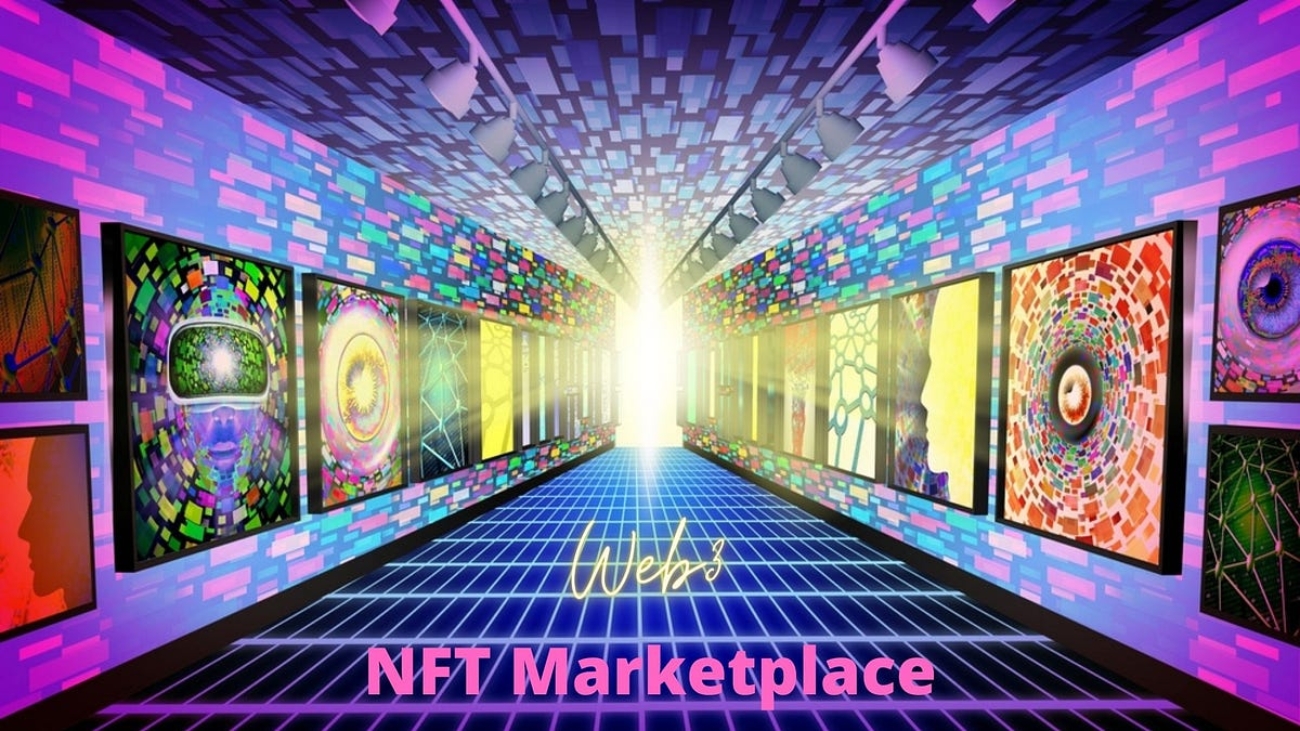In the dynamic landscape of Web 3.0, NFT marketplaces stand as pioneers, reshaping how we perceive and trade digital assets. As the decentralized wave surges, understanding the intricacies of crafting an NFT marketplace becomes paramount for those seeking to ride the tide of innovation.
Introduction to Web 3.0 and NFTs:
Web 3.0, the next phase of the internet’s evolution, emphasizes decentralization and user empowerment. At the heart of this movement lies the revolutionary concept of non-fungible tokens (NFTs). NFTs are unique digital assets verified on the blockchain, representing ownership of a particular item or piece of content.
The Rise Web 3.0 of NFT Marketplaces:
NFT marketplaces serve as the gateways to this new era, facilitating digital asset creation, sale, and purchase. The surge in popularity of Web 3.0 NFTs has led to an influx of artists, musicians, and creators exploring these platforms to tokenize and monetize their work. Crafting an NFT marketplace involves merging technological innovation with user-friendly interfaces.
Key Components of NFT Marketplace Development:
Smart Contracts: The backbone of NFT transactions, smart contracts automate and execute agreements, ensuring transparent and secure exchanges.
User Interface (UI) and User Experience (UX): A seamless and intuitive interface is crucial for attracting and retaining users. Navigating the marketplace should be an enjoyable experience.
Token Standards: Choosing the appropriate token standards, like ERC-721 or ERC-1155, is vital for defining the uniqueness and characteristics of NFTs.
Integration of Wallets: Secure integration with cryptocurrency wallets simplifies transactions, allowing users to buy, sell, and trade NFTs effortlessly.
Gas Fees and Scalability: Addressing the issue of high gas fees on certain blockchain networks and ensuring scalability are paramount for a successful NFT marketplace.
Challenges and Opportunities:
While the NFT marketplace space holds immense potential, there are challenges. Environmental concerns, copyright issues, and market saturation require careful consideration. Developers and entrepreneurs must navigate these challenges to unlock the vast opportunities.
Conclusion:
Crafting an NFT marketplace in the Web 3.0 era demands a blend of technical expertise, creativity, and a deep understanding of user behavior. As the ecosystem evolves, stay attuned to market trends, user preferences, and emerging technologies. Will be key to building and sustaining a successful NFT marketplace. Web 3.0 has unleashed a new frontier of possibilities, and those who embark on the journey of NFT marketplace development are poised to shape the digital landscape for years to come. And more amazing topics and stories to read at FinBiz Tech.



